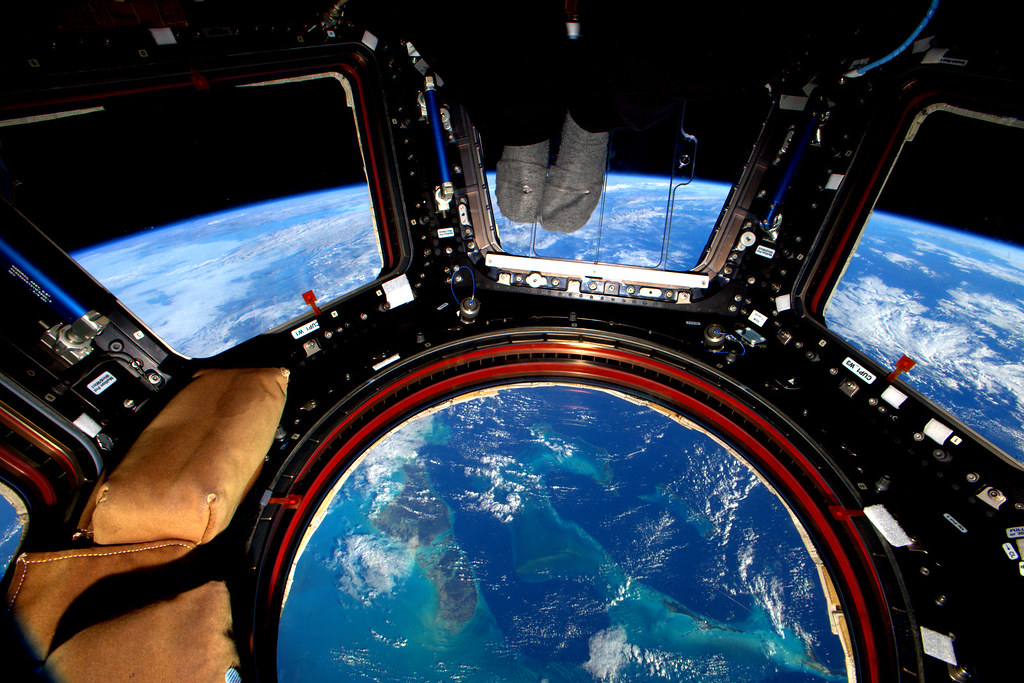During the wee hours of Christmas Eve this year, before the gift wrapping begins and the aroma of gingerbread brightens the air, a spacecraft is set to launch to the moon.
It’s called the Peregrine Lunar Lander, named for the fastest flying bird on Earth. If all goes to plan, the robotic avian will zoom through space and fly into the moon’s gravitational tides, then meticulously lower its orbit until eventually touching down on a region of ancient lunar lava flows known as the Bay of Stickiness, or Sinus Viscositatis.
This mission will be one for the history books for several reasons, one of which is the fact it’ll be the first to launch under NASA’s Commercial Lunar Payload Services (CLPS) initiative, created as a way for the agency to bring payloads to the moon without having to construct all the spacecraft necessary to bring those payloads there. In this case, the company Astrobiotic is behind the Peregrine lander and NASA’s paying to stash a few things onboard.
As for the rocket, there’s another first to discuss. Peregrine will be lifting off on the first flight of United Launch Alliance’s Vulcan Centaur rocket. The successor to the company’s Atlas V and Delta IV vehicles, Vulcan Centaur is, among other things, built to carry quite a hefty amount of stuff to space.
And during a briefing on Nov. 29, representatives with Astrobiotic, United Launch Alliance and, of course, NASA, gathered to discuss what some of the Peregrine payloads are going to be as well as lay out how everything is expected to go down the day before Christmas.
According to space.com. Source of photos: internet















